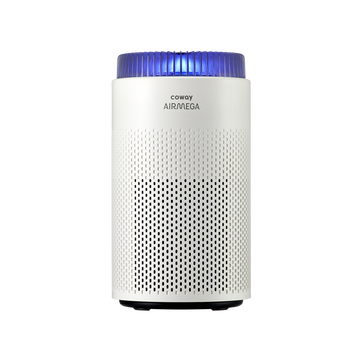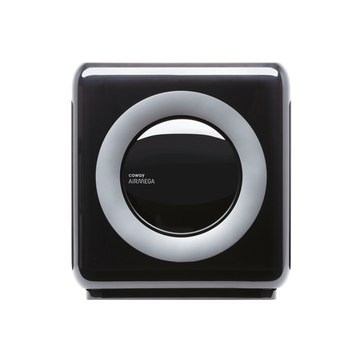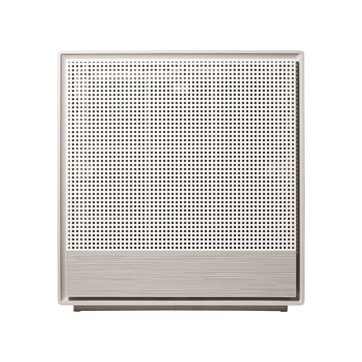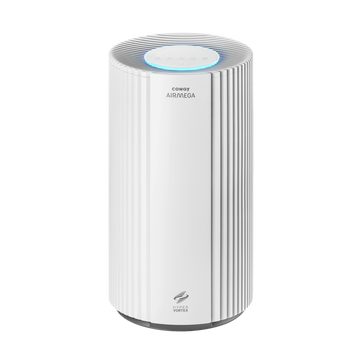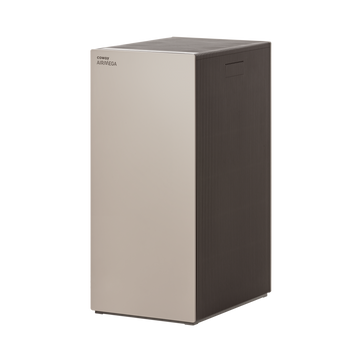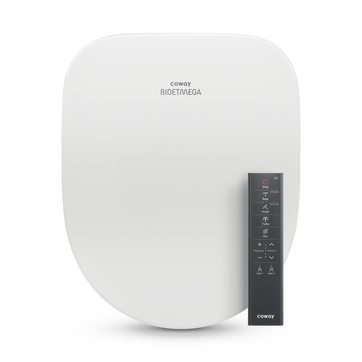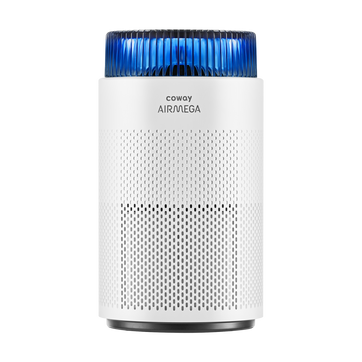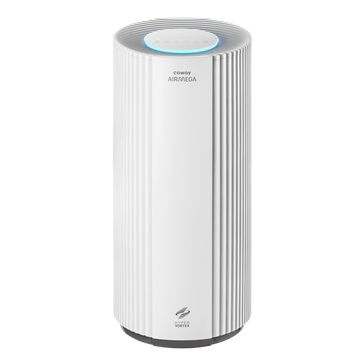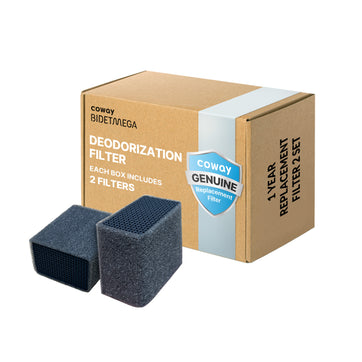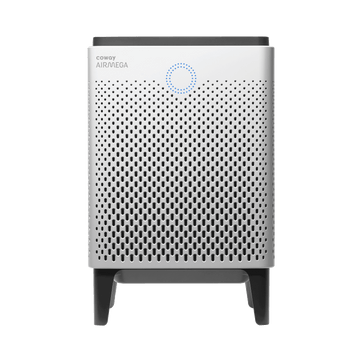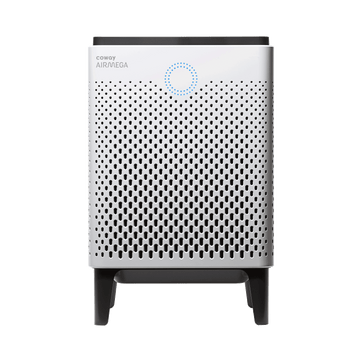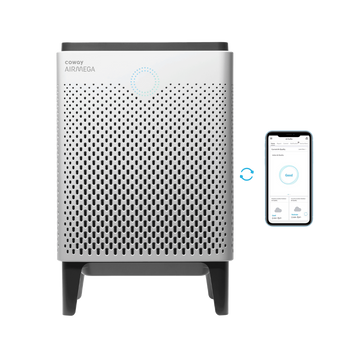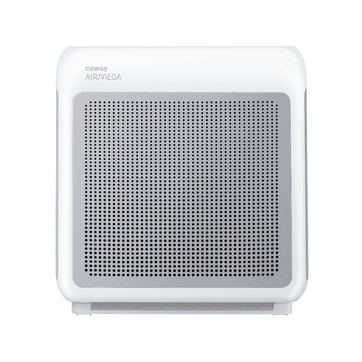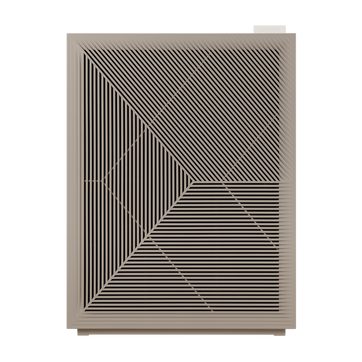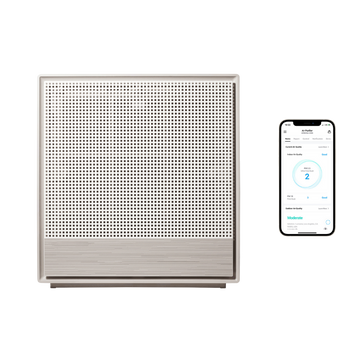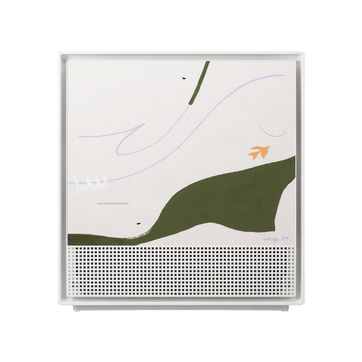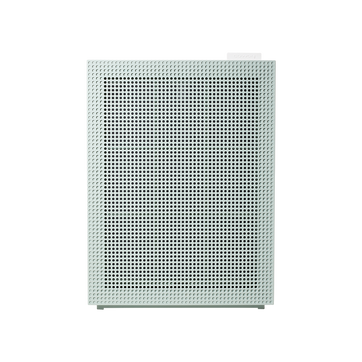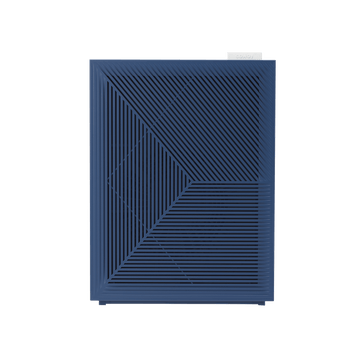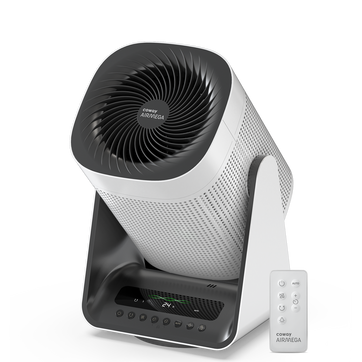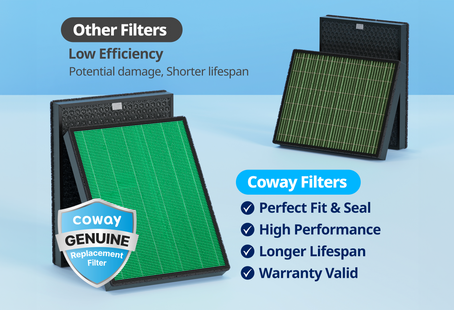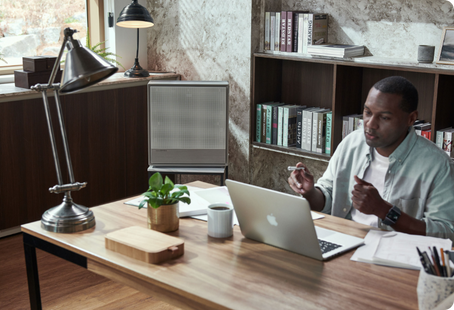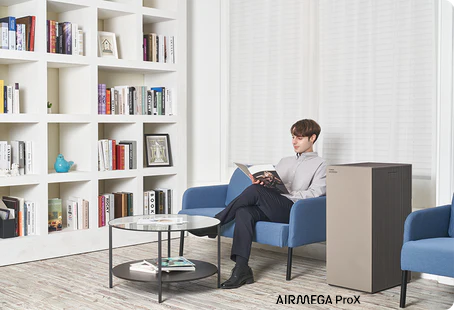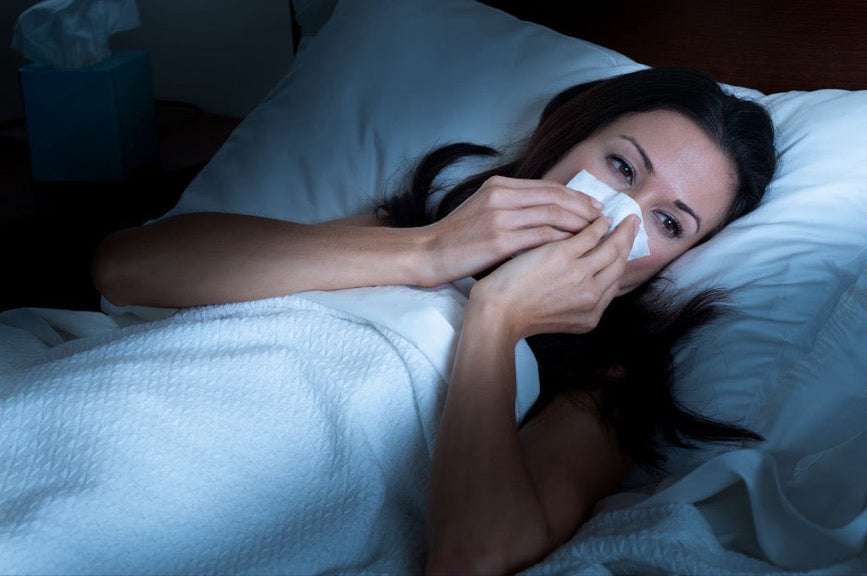
Why Does My Nose Get Stuffy at Night? Understanding Your Nighttime Congestion
You're finally ready for bed after a long day, but the moment you lie down, your nose starts to feel congested. Sound familiar? This frustrating phenomenon isn't just in your head. There are scientific reasons why nasal congestion often worsens at night. Let's explore why this happens and what you can do about it, including how air purification can help manage nighttime stuffiness.
The Science Behind Nighttime Nasal Congestion
When we transition from being upright to lying horizontally, our bodies undergo several subtle but significant changes that affect our breathing. From shifting blood flow to our body's natural hormonal rhythms, understanding these biological changes can help explain why your nose seems to rebel just when you're trying to get some rest.
The Gravity Effect
Studies show that blood flow to your upper body increases when you're horizontal. This increased flow causes nasal blood vessels to expand, leading to swelling in your nasal passages and that stuffed-up feeling you know all too well.
Your Body's Natural Rhythm
Nighttime congestion isn't just about position. It's also about timing. Your body's stress hormone, cortisol, naturally decreases at night. While this helps you sleep, it also means your body's natural anti-inflammatory responses are lower, potentially leading to more nasal inflammation and congestion during nighttime hours.
Common Culprits Behind Your Nighttime Stuffiness
1. Hidden Bedroom Allergens
Your bedroom might harbor more allergens than you realize. Dust mites thrive in mattresses and pillows, and these microscopic creatures can trigger nasal inflammation. Pet dander, pollen, and other allergens tend to settle in your bedroom, especially at night when the air becomes cooler and more still.
2. The Winter Factor
Ever notice your nose gets stuffier during winter months? According to AccuWeather research, cold air is denser and moves more slowly than warm air, creating what they describe as a "pollutant-catching blanket" near ground level. When you add indoor heating to the mix, you're dealing with drier air that can irritate nasal passages and make congestion feel worse.
3. Structural Issues
Sometimes, nighttime congestion is related to the physical characteristics of your nasal passages. A deviated septum or nasal polyps can make nighttime breathing more difficult, especially when lying down. These structural issues often become more noticeable at night when other factors like gravity come into play.
Surprising Factors That Might Be Making It Worse
1. Your Evening Routine
What you do before bed can significantly impact your nighttime breathing. Late-night meals can lead to acid reflux, which studies show can cause nasal inflammation. Even your evening shower can affect humidity levels in your bedroom, potentially impacting your nasal comfort.
2. Medications
Certain medications can contribute to nighttime nasal congestion. Common culprits include some blood pressure medications, hormone treatments, and even over-the-counter pain relievers. If you're taking any of these medications and experiencing persistent nighttime congestion, it's worth discussing with your healthcare provider.
3. Creating a Better Breathing Environment
Finding the right balance of temperature and humidity in your bedroom is crucial. The ideal sleeping environment should be cool (around 65-68°F) with humidity levels between 30-50%. This balance helps prevent both nasal dryness and excess moisture that can promote allergen growth.
Smart Sleep Positioning
While you can't fight gravity entirely, you can work with it. Elevating your head slightly helps promote better sinus drainage. However, be careful not to prop your head up too high, as this can create neck strain and other issues.
Environmental Management
Reducing allergens and irritants in your bedroom is crucial for better nighttime breathing. Regular washing of bedding, using allergen-proof covers, and maintaining clean air are all important steps.
The Role of Modern Air Purification
Air purification becomes especially important at night when you're spending extended hours in one space. The Airmega's HyperCaptive™ filtration system offers several benefits for nighttime breathing.
Multi-Stage Protection
The system combines different types of filtration to address various air quality concerns:
-
A washable pre-filter captures larger particles like dust and pet hair
-
An activated carbon filter targets odors and gases that could irritate nasal passages
-
The Green True HEPA™ filter removes 99.97%² of aerosol particles (including bacteria, viruses, fungi, and pollen) in 60 minutes
Real-Time Air Quality Monitoring
The Airmega's air quality indicator provides constant feedback about your room's air conditions, helping you maintain optimal air quality throughout the night. Different models offer coverage for various room sizes:
-
The Airmega 100 is perfect for bedrooms, with whisper-quiet operation
-
The popular AP-1512HH Mighty offers efficient filtration for medium-sized rooms
-
The Airmega ProX can handle larger spaces up to 4,253 square feet
Creating Your Nighttime Breathing Strategy
A comprehensive approach to nighttime congestion should include:
-
Environmental control through proper air filtration
-
Smart bedroom setup with appropriate elevation and humidity
-
Regular cleaning to reduce allergen buildup
-
Awareness of potential triggers in your evening routine
While nighttime congestion is common, it doesn't have to be a permanent part of your sleep experience. By understanding its causes and implementing solutions like proper air purification, you can work toward better breathing and more restful nights.
Consider how an Airmega air purifier could fit into your nighttime breathing strategy. With options for every room size and need, you can find the perfect solution for your space.
Explore our full range of air purifiers and take the first step toward better nighttime breathing.
Sources:
Very Well Health - Why a Stuffy Nose May Get Worse at Night
Omaha Sinus - The Nighttime Nasal Mystery: Reasons Your Nose Gets Stuffy
Accu Weather - Why air pollution is worse in winter
NLM - Association between dinner-to-bed time and gastro-esophageal reflux disease
Disclaimers
1Coway air purifiers have been proven to trap dust, pollen, dander, viruses and bacteria in the air based on KCL (Korea Conformity Laboratories) testing.They have been tested in a 30㎥ size chamber according to the Korea Air Cleaning Association standard (SPS-KACA 002-132:2022 Modified) to measure the 0.01㎛ size of particle removal rate. It was tested on maximum airflow speed in normal room temperature and humidity conditions. The performance may vary in the actual living environment of customers.
→ Tested with Airmega Aim, 50, 100, 150, 160, Tower AP-1216L, Mighty AP-1512HH, MightyS AP-1512HHS, 200M, Icon, IconS, 230, 240, 250, 250 Art, 250S, 300, 300S, 350, 400, 400S, 450, ProX
299.97% of viruses, bacteria, fungi and pollen were verified to be removed from the air for Coway air purifiers which have Green True HEPA™ filter applied based on the Japan Food Research Laboratories(JFRL) testing according to JEM 1467 standard.
→ Tested with Coway Airmega Mighty AP-1512HH, MightyS AP-1512HHS, 250, 250 Art, 250S, 300, 300S, 400, 400S
→ All tested by JFRL and received above result within below time.
4The concentration of ammonia, acetaldehyde and acetic acid were proven to be removed within 30 minutes by FCG Research Institute, Inc. Human Life Science Lab. It is not a demonstration result in the actual use space. Not all odors and gases may be supported. → Tested with Coway Airmega 150, 160, Mighty AP-1512HH, MightyS AP-1512HHS, 400, 400S
5The coverage area of the air purifier is based on an area where the air cleaner can make two air changes per hour (ACPH). An air change per hour translates to how many times an air purifier can clean an area, assuming the height of a ceiling to be 8 ft, in one hour. Therefore ** means two air changes per hour means that the cleaner can clean the area once every 30 minutes and * means air changes per hour means that the air purifier can clean the area once every 60 minutes.
10Terms and conditions apply. Discounts, including promotions, coupons, bundle discount and subscription discount, cannot be stacked on top of other coupons. During promotional periods, discount codes will not be able to be applied to orders. Promo codes may apply to products only—filters, accessories, and new products within 3 months of the release date are not included.
11Based on Coway R&D internal laboratory testing, activated carbon filtration was shown to remove up to 95% of ammonia odors within 40 minutes, and up to 99% of fecal odors within 20 minutes. Actual performance may vary depending on usage conditions.
